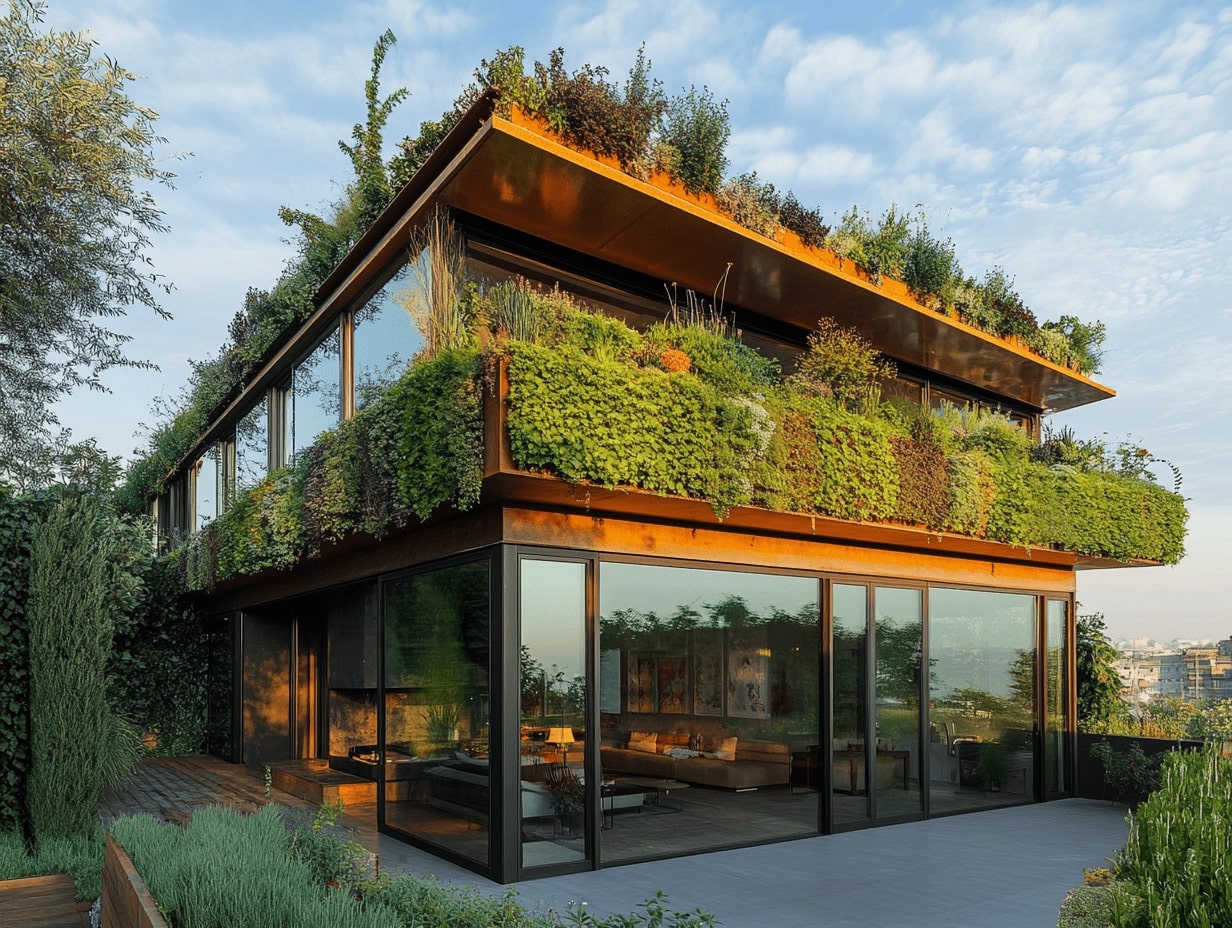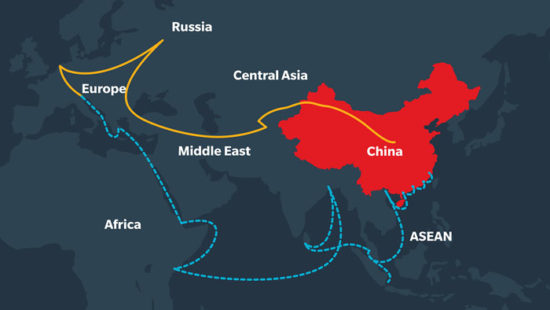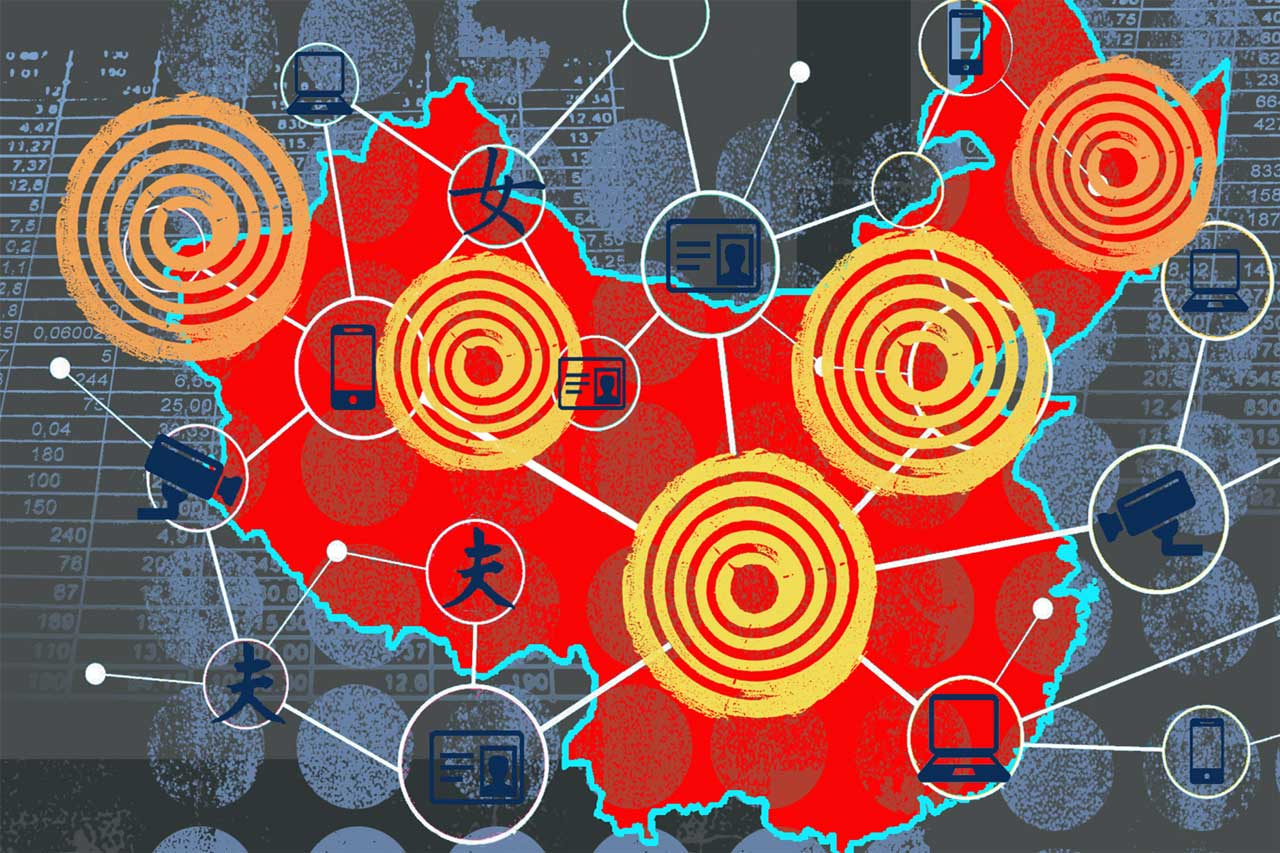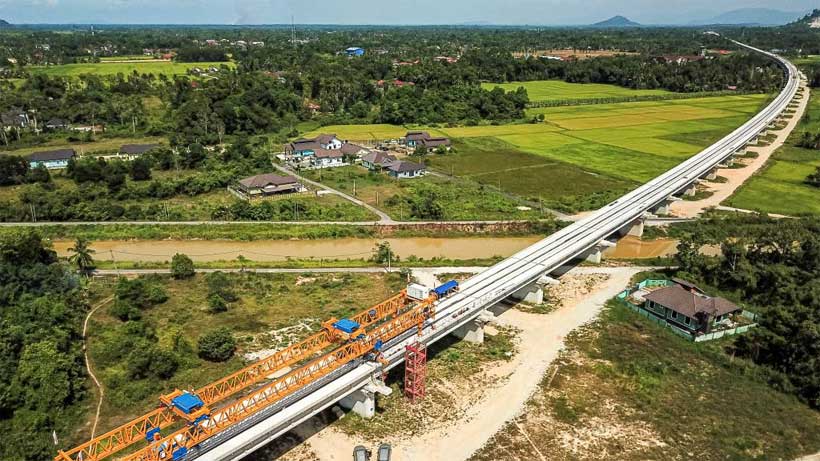As the world grapples with climate change and globalization fatigue, the Spring/Summer 2026 interior design season is defined by a return to place, purpose, and provenance. Homeowners, architects, and designers are re-centering design narratives around local materials, regional craftsmanship, and indigenous aesthetics that celebrate the identity of geography while minimizing environmental impact. SS2026 homes reflect a profound pivot toward climate-resilient, culturally-rooted, and community-aligned interiors. Across continents, we see a rejection of mass-produced sameness and an embrace of storytelling through handcrafted objects, vernacular architecture, and bioregional design principles.
This blog explores the key materials, techniques, and motifs gaining ground for SS2026, along with insights from procurement strategist Mattias Knutsson on how global supply chains are adapting to this locally rooted ethos.
Why Regional Materials Matter in SS2026 Homes
Designers and builders are increasingly turning to local materials for reasons beyond style:
- Lower carbon footprints from reduced transportation
- Increased climate resilience due to material compatibility with local weather
- Support for local economies and craftspeople
- Cultural continuity in rapidly changing built environments
A 2025 report by the International Federation of Interior Architects found that 68% of architecture firms globally are actively sourcing at least 30% of building and finishing materials locally—up from 47% in 2022.
Regional Material Examples by Geography
| Region | Local Material | Craft or Technique | Common Use |
|---|---|---|---|
| Southwestern U.S. | Adobe, rammed earth | Native American pottery glazes | Walls, cooling systems |
| Scandinavia | Pine, wool, birch bark | Sámi weaving, lime plastering | Insulation, textiles |
| Japan | Hinoki wood, washi paper | Kumiko woodworking, shoji | Sliding walls, joinery |
| West Africa | Terracotta, raffia, indigo | Hand-dyeing, basket weaving | Tiles, textiles, lighting |
| South America | Clay bricks, eucalyptus | Hand-poured terrazzo | Flooring, furniture |
Handcrafted Details as Design Centerpieces
Beyond materials, SS2026 is bringing artisan craftsmanship to the forefront. Homeowners are commissioning bespoke ceramics, wood carvings, woven textiles, and forged metals that reflect regional narratives and traditions.
This trend has given rise to new design-craft collaborations, especially in:
- Lighting fixtures made from volcanic stone in Iceland
- Handwoven rugs using tribal techniques in Northern India
- Wall art made of banana fiber and recycled jute in Kenya
According to the 2025 Craft Futures Index, consumer demand for home goods with provenance stories rose 38% YOY.
Climate-Responsive Architecture
Regionalism isn’t just aesthetic—it’s practical. Architects are revisiting indigenous building techniques for passive cooling, water harvesting, and structural longevity.
Examples:
- Courtyard housing in North Africa adapted for ventilation and shade
- Stilt homes in Southeast Asia to withstand flooding
- Thatched roofs in tropical zones for insulation
Designers are integrating these methods with modern technology (e.g., solar panels, smart water systems) to merge heritage with innovation.
Regional Design in Urban Contexts
In cities, regional materials are making their way into multifamily housing, hospitality, and co-working spaces. Urban developers are using terracotta tiles, lime-washed walls, clay plaster, and local stone to soften steel-and-glass skylines with a more grounded, climate-sensitive feel.
SS2026’s urban interiors show:
- Elevated use of locally quarried stone in flooring and kitchens
- Terracotta screens for passive sun control
- Wood joinery inspired by historic townhouses or temples
Certifications and Responsible Sourcing

As the market for regional materials grows, so does the emphasis on traceability and ethical sourcing. Certifications making an impact in SS2026 include:
- Craftmark (India): Verifies handmade products using traditional techniques
- Geographical Indication Tags (EU, Asia, Africa): Protects origin-based designs and processes
- FSC® Local Wood Certifications: Verifies sustainable forestry in specific regions
- Fair Trade Artisan Labels: Ensures safe labor and fair wages in craft economies
Brands using these markers are gaining consumer trust and ESG-aligned funding.
Mattias Knutsson: The Procurement View
Mattias Knutsson, an expert in global procurement and sustainable development, believes the SS2026 shift is less about nostalgia and more about strategy.
“This regional renaissance is a logical response to global instability—both economic and ecological. When materials come from nearby, you gain control, flexibility, and transparency.”
Knutsson notes that sourcing local doesn’t mean limiting vision:
“Procurement teams need to build networks of verified micro-suppliers, train for decentralized logistics, and invest in storytelling. Clients want authenticity backed by credibility.”
His three procurement principles for regional design success:
- Invest in local certifications and traceability tech
- Build long-term relationships with craft cooperatives and guilds
- Educate clients and contractors about the lifecycle benefits of locality
Conclusion: Grounding Design in Identity and Integrity
The SS2026 season signals a global design movement that honors the local. As climate urgency grows, the industry is embracing materials that make ecological and emotional sense—sourced nearby, shaped by tradition, and embedded with culture.
From adobe walls in New Mexico to birch textiles in Finland, homes in 2026 are telling stories of place, sustainability, and legacy.
Mattias Knutsson sums it up best:
“Global design is shifting from scale to specificity. The future is rooted.”
In a world of accelerated change, the most powerful interiors are those grounded in where they come from—and who made them.





